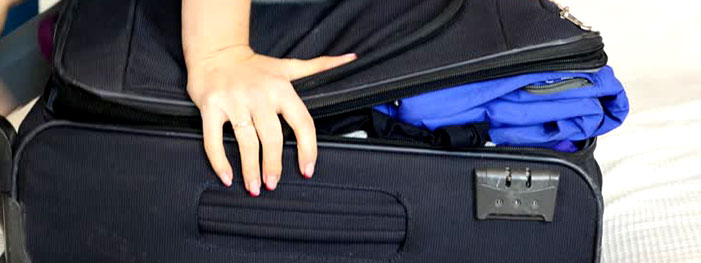Bed bugs have become synonymous with discomfort and a host of sleepless nights. Among the myriad concerns regarding these nocturnal pests is a pressing question: Could bed bugs live in clothes? This fascination stems not only from the physical presence of these critters but also from the deeper implications they offer about our living environments. Laundry often evokes feelings of cleanliness and security, making it unsettling to consider that bed bugs could thrive amidst our pristine garments.
Understanding the biology and behavior of bed bugs is crucial in addressing this concern. Scientific classification places them in the Cimicidae family, and their primary food source is human blood. Interestingly, bed bugs are not limited to their usual dwellings; they are highly adaptable, making their presence in unexpected places an unsettling reality. This adaptability is propelled by their flat bodies, allowing them to seek refuge in tight spaces, including the folds of clothing.
When bed bugs infiltrate clothing, they typically hitch a ride from infested environments, such as hotels, public transport, or even a friend’s house. A common misconception is that these pests are strictly nocturnal, yet they are more than capable of emerging during the day if provoked. Once in your clothes, they can hide quietly, waiting for the opportune moment to feed. This step gives rise to two significant considerations: the ease of transmission and the potential infestation that could ensue.
First, let’s explore how bed bugs can easily infest your laundry. They might find their way into your clothes residue from an infested surface. Say you’ve just placed a suitcase or backpack down on a bed that has been previously occupied by someone else. An unguarded moment opens the gateway for these pests. What happens next is a blend of chance and circumstances. If your clothes are tossed around or taken to the laundry room, they may inadvertently spread the infestation further into your home. These pests are remarkably skilled at navigating through clothing, allowing them to cling to garments and venture into new spaces.
Now, consider your laundry habits. It is easy to neglect hygiene protocols embedded within these routines. Regular washing and drying can help mitigate risk. Bed bugs endure extreme temperatures, but temperatures exceeding 120 degrees Fahrenheit for at least 30 minutes can eliminate them. Consequently, washing clothes in hot water and drying them on high heat can be effective measures in eradication and prevention. However, not everyone is inclined to subject their entire wardrobe to such treatment. This hesitation can contribute to a growing infestation and highlight the significance of regular monitoring for signs of bed bugs.
Another layer of this discussion revolves around common behavioral patterns associated with bed bug infestations in clothing. The folds and seams of garments can harbor bed bugs, facilitating their presence without detection. This concealment can instill a sense of dread upon wearing clothes that haven’t been recently laundered. Imagine slipping on a shirt, confident in its cleanliness, only to be met with an unwelcome bite. Such incidents explain why the mere thought of bed bugs in clothing can trigger anxiety, even among those who’ve never encountered an infestation. The fear of unknowingly transporting these pests into safe spaces leads many individuals into a cycle of paranoia about what lies within their closets.
Additionally, designer items and second-hand clothing present unique concerns. Vintage enthusiasts may face challenges when integrating pre-owned garments into their wardrobe. Nevertheless, these items can carry their own history—an enthralling yet potentially hazardous saga of previous owners. Some may find that integrating such clothing renews their interest in fashion, while others may harbor trepidation about what those pieces may have encountered, particularly bed bugs. As such, an inspection before bringing any second-hand item home becomes imperative.
Another point to ponder is the psychological aspect of living with the constant fear of bed bugs. The mere possibility of them lurking in one’s clothing can lead to heightened levels of stress and anxiety. People often report routine compulsions linked to inspecting their clothing, disinfecting their house, and avoiding public places altogether for fear of encountering these pests. Such obsessive behaviors, while understandable, can transform lives into cycles of vigilance that are exhausting to maintain.
Combating the fear of bed bugs in clothing ultimately pivots on education and proactive measures. When one is armed with knowledge, it becomes easier to implement practices that significantly diminish risk. The importance of vigilance cannot be overstated; maintaining a routine of inspecting your living spaces, being aware of the signs of bed bugs, and adopting effective laundry habits can serve you well in keeping these pests at bay.
In conclusion, the question of whether bed bugs can live in clothes is unequivocally settled. Yes, they can; however, understanding the science behind their habits, recognizing their propensity to infiltrate clothes, and adopting meticulous laundry practices are key to warding off infestations. Amid modern concerns about cleanliness and hygiene, it becomes increasingly essential to address these realities. We must embrace awareness and foster proactive vigilance to ensure that our clothing remains a source of comfort, not a conduit of infestation.
